Incredible portraits of the Polish pilots who flew during WWII and never returned home
Solarski says his family was a major inspiration for this project. "History and politics were common subjects of conversation during family gatherings, and my family was hugely affected by WWII," he says.

A few years ago, Solarski met a historian working on the history of the PAF. "I felt that the opportunity to record the experiences of those men and women before they die should not be missed," he says.
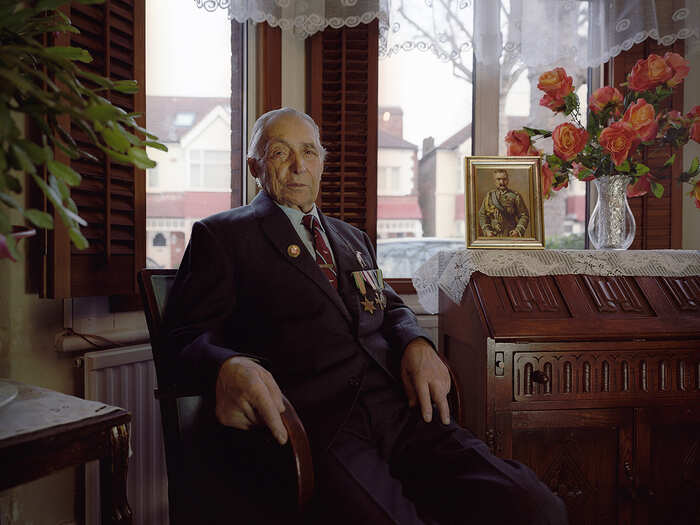
Solarski worked with two historians throughout the course of his project, Piotr Sikora and Adam Jackowski. They both helped Solarski locate the veterans who lived in the UK, the US, and Canada. Veteran Roman Szymanski (pictured below) resided in London when he was photographed by Solarski.
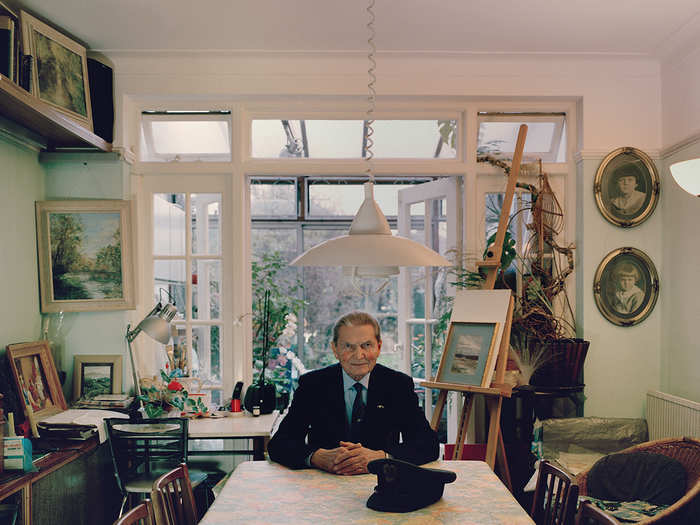
Kazimierz Szrajer (pictured below) is a PAF veteran who now lives in Barry's Bay, Ontario, one of the first places settled by the Polish in the the mid-20th century. Szrajer was a bomber and special duties pilot who played a key role in retrieving a crushed V-2 German rocket from a field in Poland in July, 1944 — a mission that helped change the course of the war. He died just four months after Solarski met him.
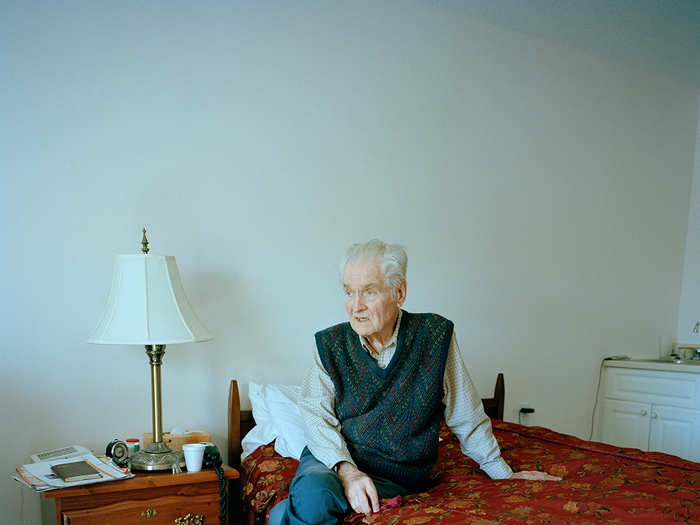
Solarski's goal was to get a good portrait of each subject. "I was there not as a historian, but as a photographer," he says. "I knew that in order to get a good portrait, I needed to make them feel comfortable with me."
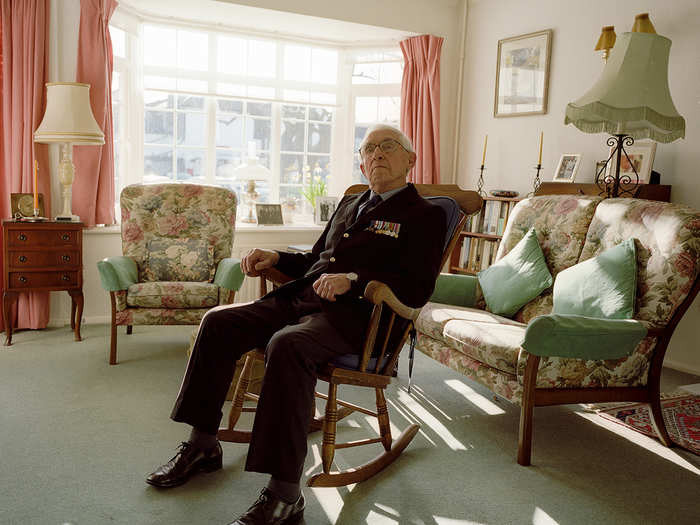
If I sensed that they didn't want to talk about war, we conversed about something else. [The conversation] was always about their lives, though — their experiences were so out of the ordinary," he says. "Each time, we talked for an hour or two before I even touched the camera.
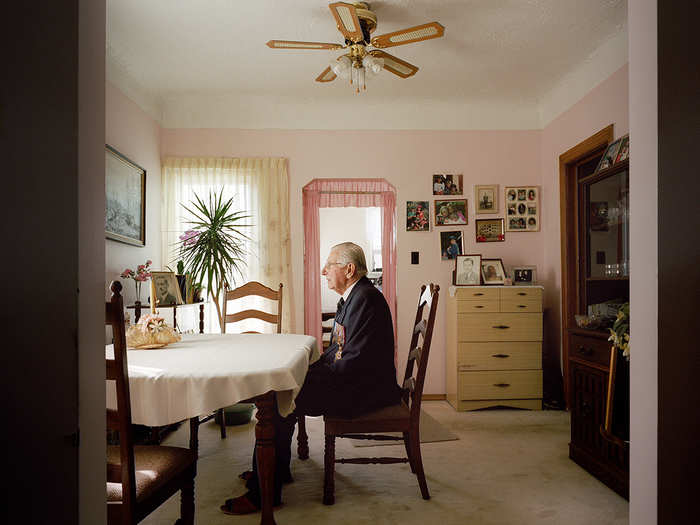
Solarski found Jerzy Glowczewski (pictured below) on 66th Street in New York City. 91 years old when photographed, Glowczewski is still highly active. After the war ended, he became a successful architect, professor, and writer, and he chronicled his annual summer travels back to Poland.
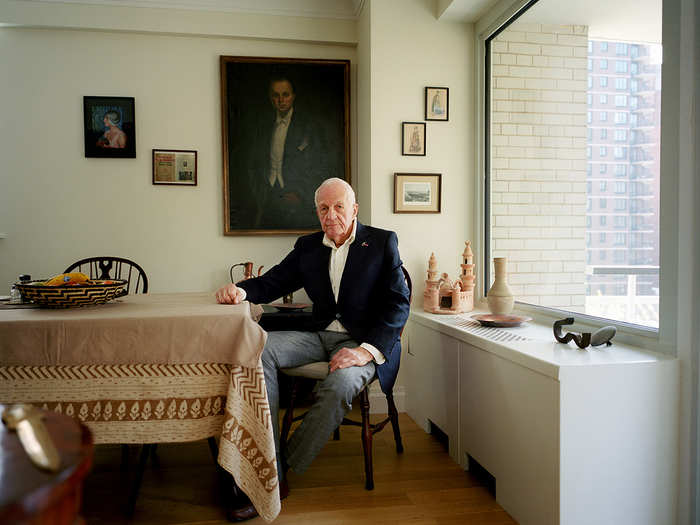
The Polish Air Force consisted of 16 squadrons of pilots, navigators, bomb aimers, gunners, and more. While the PAF was not technically part of the British Royal Air Force, they still fought with the British forces.
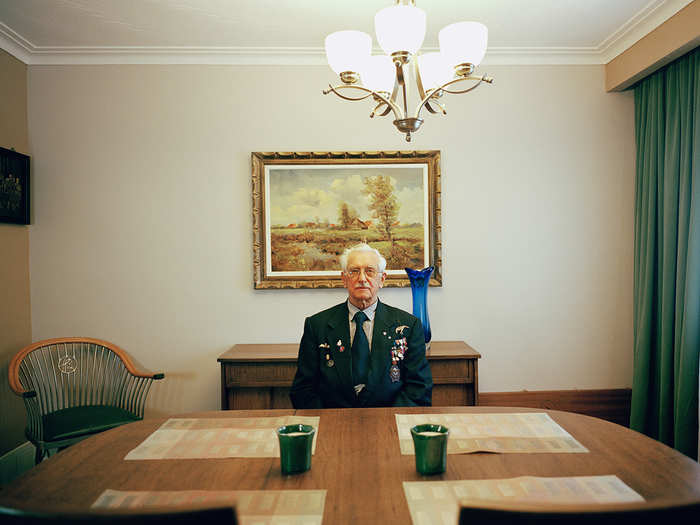
According to Solarski, the Brits where incredibly suspicious when Polish airmen began to flood into Britain at the beginning of the war. The situation changed a few months later, when they realized that they would need the help of the Polish if they ever hoped to defeat the Germans.
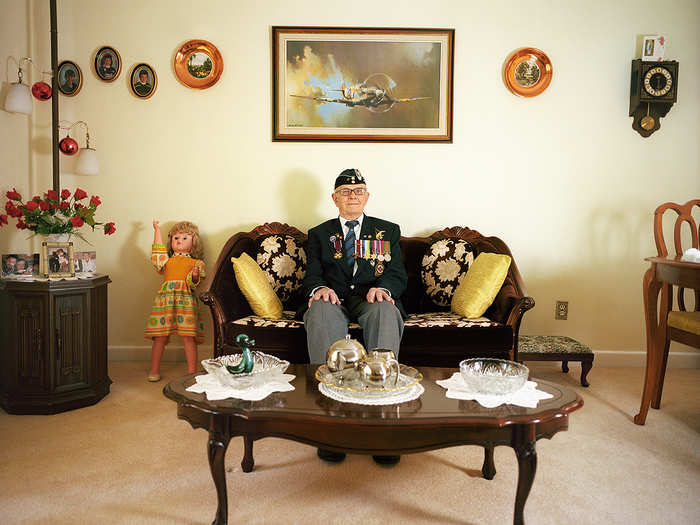
However, when the war ended and British soldiers began coming back home, economic strife and a tough job market meant that the attitude toward the Polish became hostile yet again.
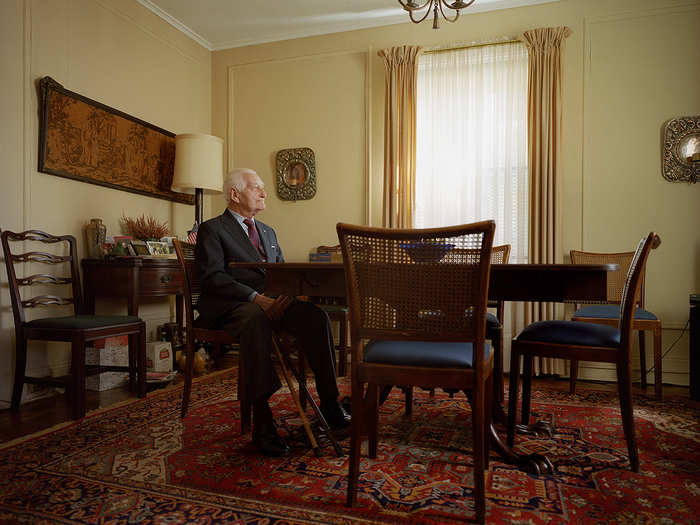
After the war, the Poland that these men had been so diligently fighting for ceased to exist. To the new communist Poland, these men were considered "enemies of the state."
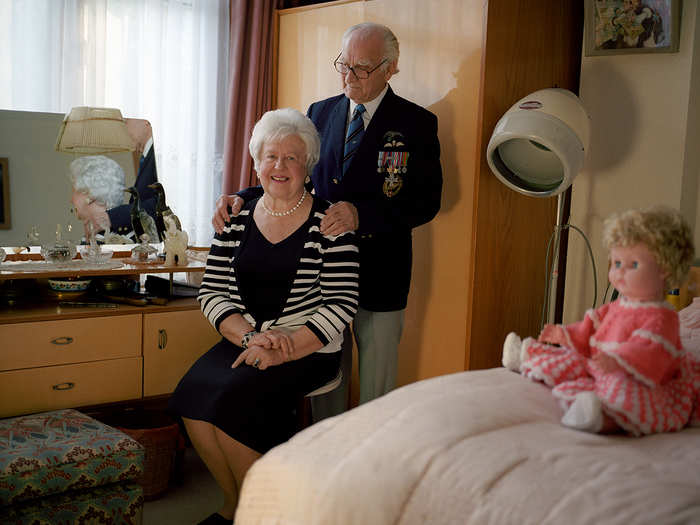
With a lack of both British and Polish support, many of these men migrated overseas during the late '40s and early '50s. They mainly went to the US and Canada, where many still reside today.
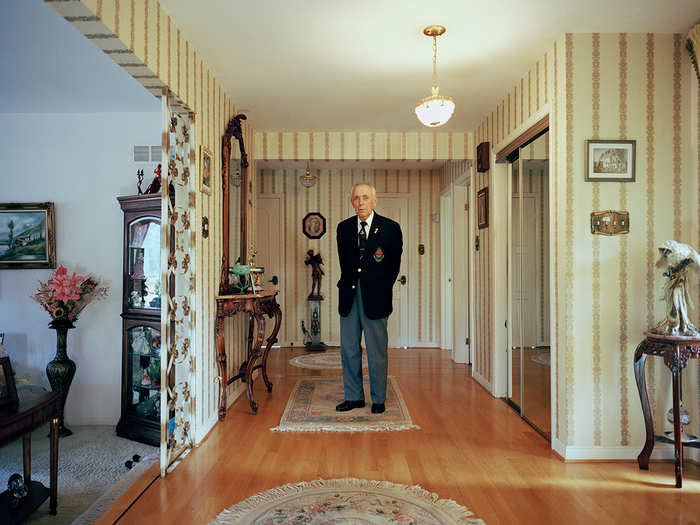
Jozefa Sobieska (pictured below) was a member of the Women's Auxiliary Air Force, which was created in 1939 as part of the Royal Air Force. Although these women never participated in combat, they were active in many other areas, such as transport, communication, and catering. Sobieska was a driver at Faldingworth Airport. Nearly blind when Solarski met her, "she was in good spirits, wondering why the 'Hollywood people' never got interested in her story," he says.
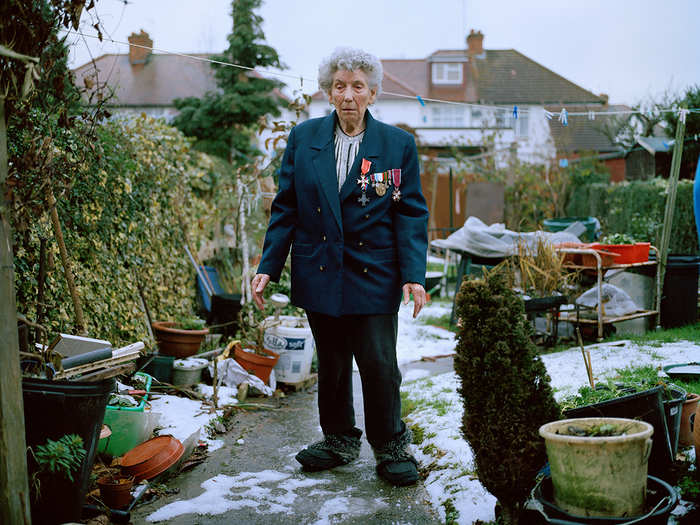
Solarski's book describes Stanislaw Socha (pictured below) as "strikingly modest." Despite being a squadron leader and obtaining many awards, Socha spoke with both passion and melancholy about his childhood days in eastern Poland.
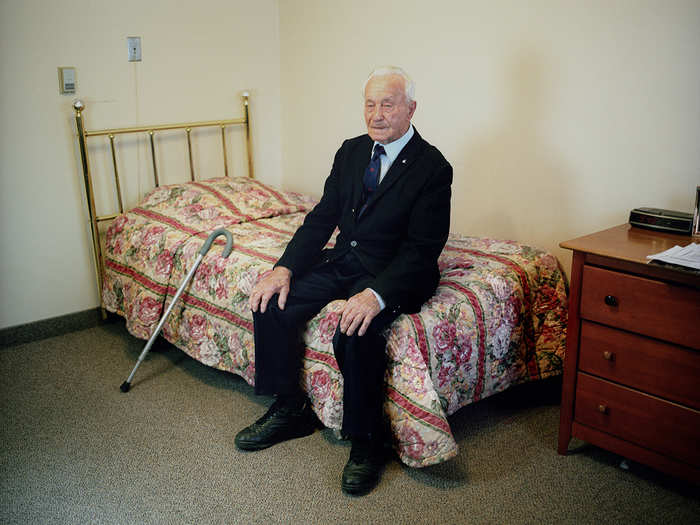
All Solarski asks is that these heroes not be forgotten. He describes his work as a "poignant reminder and valuable historical record of the bravery of these men and women."
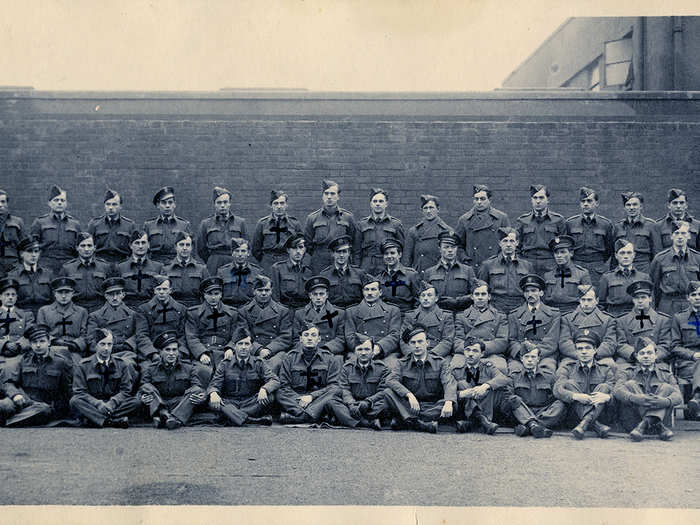
Popular Right Now
Popular Keywords
Advertisement